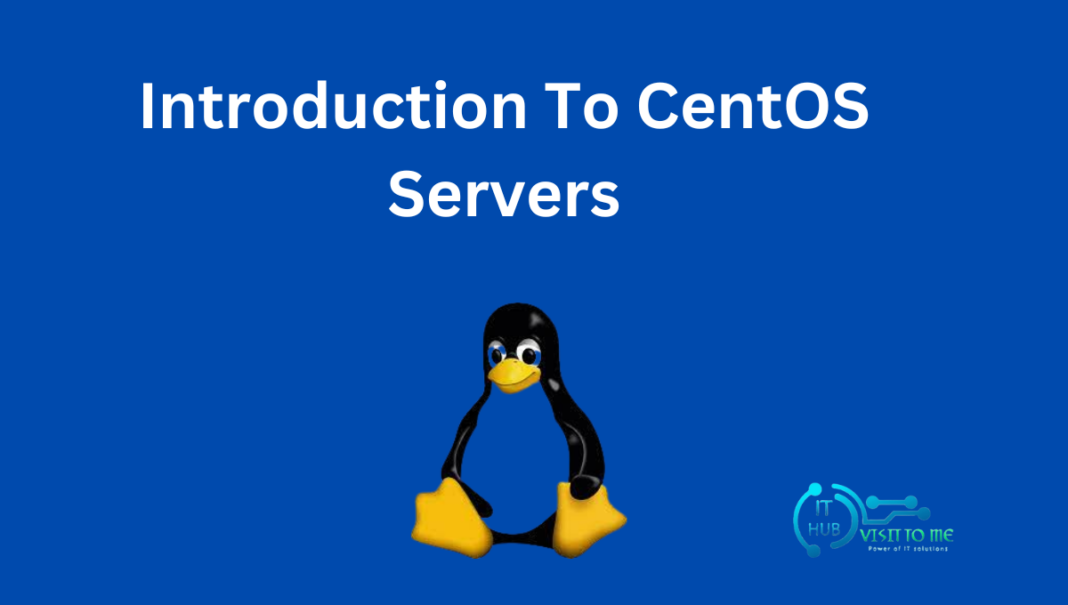Introduction:
In the realm of server operating systems, CentOS stands as a stalwart, embodying the virtues of stability, security, and open-source collaboration. Developed as a community-driven project derived from the sources of Red Hat Enterprise Linux (RHEL), CentOS has earned its place as a trusted choice for organizations and individuals seeking a robust foundation for their server environments. In this blog, we’ll embark on a journey to unravel the distinctive characteristics of CentOS, exploring its features, use cases, and the reasons behind its widespread adoption.
Understanding CentOS:
CentOS, an acronym for Community ENTerprise Operating System, is built upon the same sources as RHEL but without commercial support. This makes CentOS an ideal choice for those who prioritize stability and reliability in their server infrastructure without the associated costs of a subscription-based support model.
Key Features of CentOS:
- Derived from RHEL: CentOS inherits the core components and architecture from RHEL, ensuring compatibility with RHEL binary packages. This makes CentOS a viable alternative for users seeking enterprise-level performance without the associated expenses.
- Stability and Long-Term Support: CentOS is celebrated for its stability and long-term support (LTS) releases. LTS versions receive updates and security patches for an extended period, typically up to 10 years, providing a reliable platform for critical applications.
- Security-Focused: With a robust security model and timely security updates, CentOS is well-suited for server environments where data integrity and confidentiality are paramount. The operating system is designed to meet stringent security standards.
- Package Management with YUM: CentOS uses the Yellowdog Updater, Modified (YUM) package manager, simplifying the installation and management of software packages. YUM resolves dependencies efficiently, ensuring a smooth software deployment process.
- Server-Centric: While CentOS can be adapted for various use cases, it particularly excels in server environments. Its stability, security features, and performance optimization make it a preferred choice for hosting web servers, databases, and other critical services.
- Community Support: CentOS boasts an active and supportive community that contributes to forums, documentation, and resources. The community-driven nature of CentOS fosters collaboration and knowledge sharing among users.
Installing CentOS:
The installation process for CentOS is user-friendly, featuring a text-based installer that guides users through configuration options such as language, time zone, and disk partitioning. This straightforward installation makes CentOS accessible to both seasoned system administrators and those new to server setups.
Conclusion:
As we navigate through the ecosystem of CentOS, it becomes evident that the operating system’s strength lies in its commitment to stability, security, and the collaborative spirit of the open-source community. Whether you’re overseeing mission-critical applications or hosting websites, CentOS serves as a reliable companion, providing the foundation for robust server environments. Join us in exploring the world of CentOS, where performance meets resilience, and where the journey towards server excellence begins.


